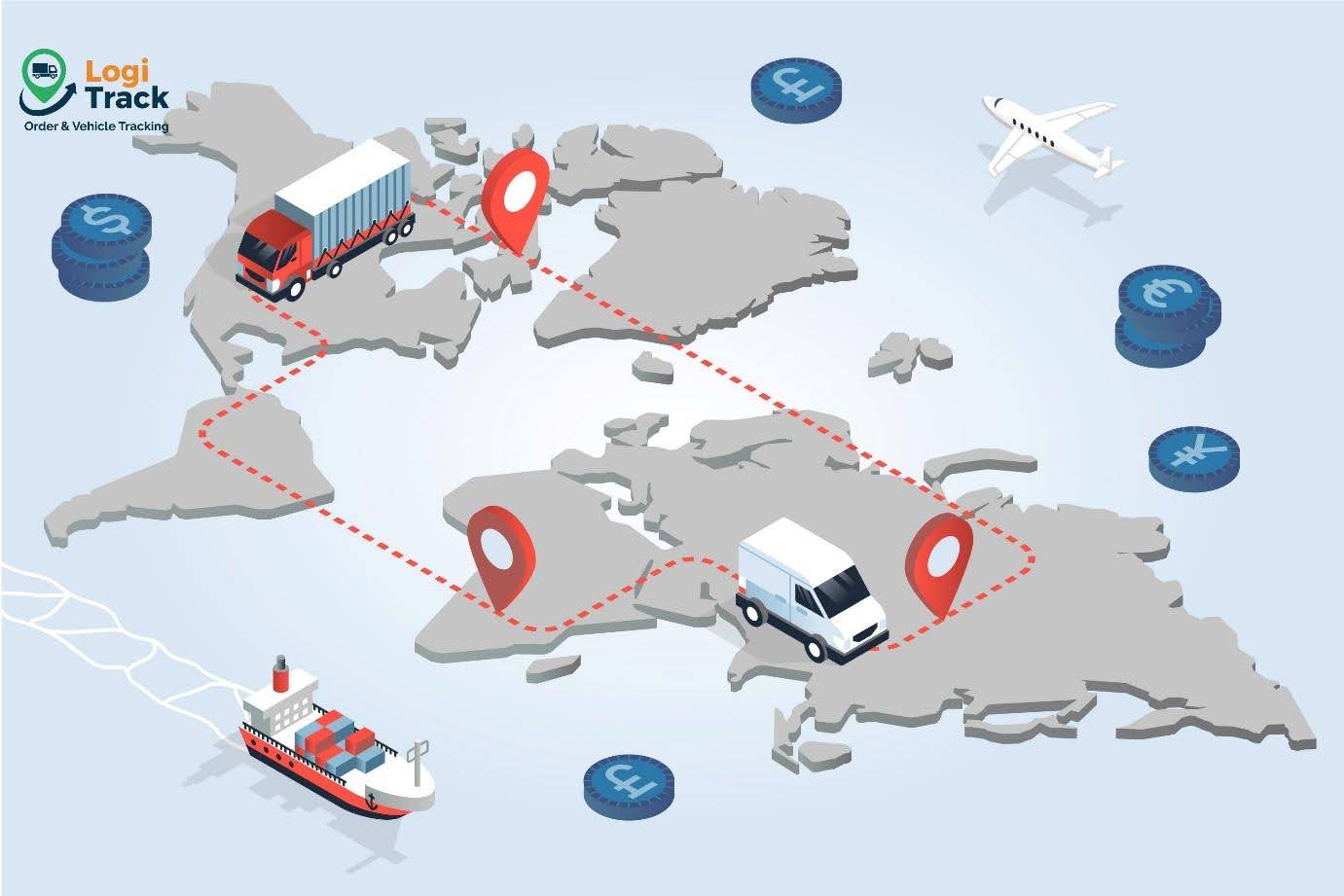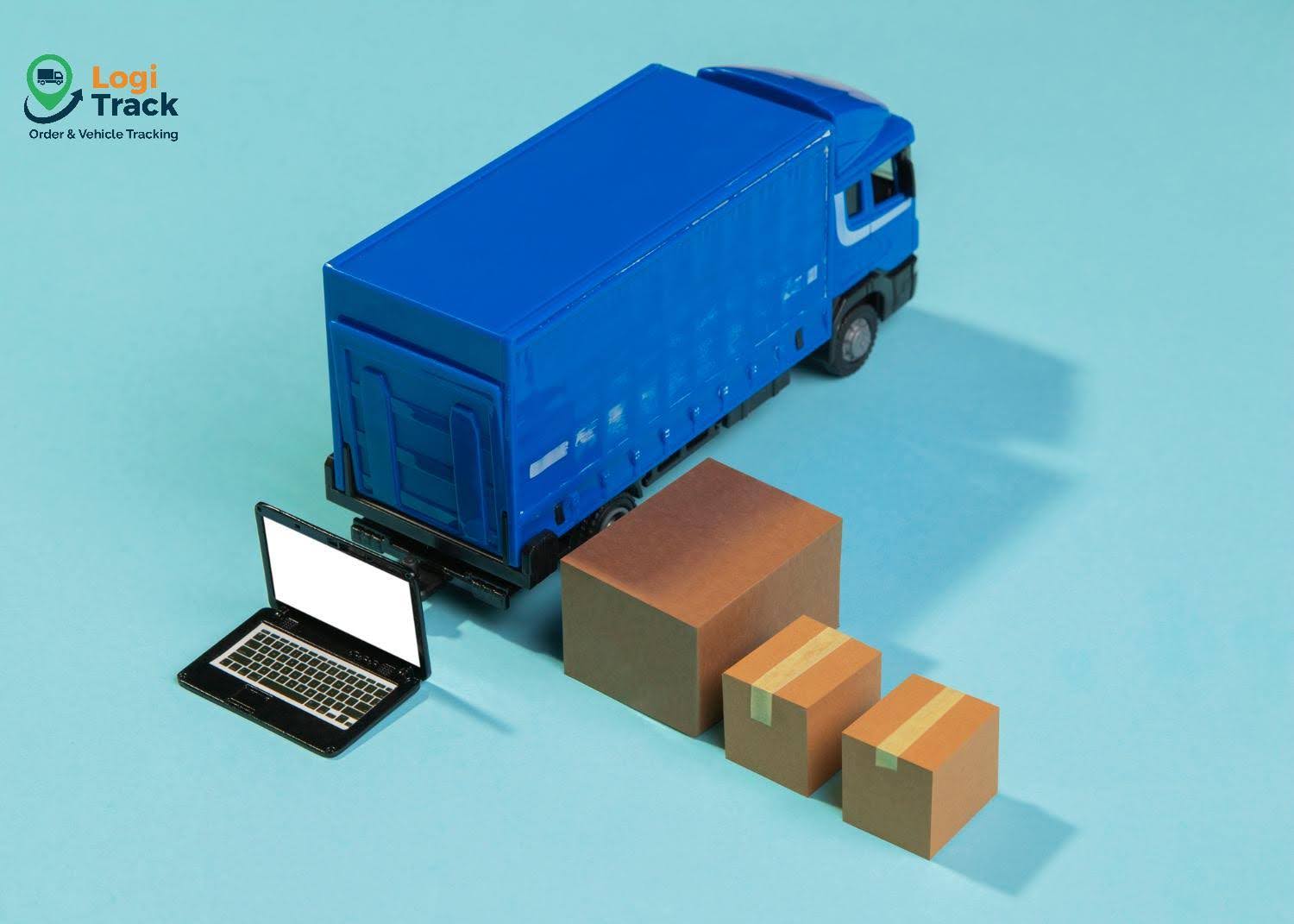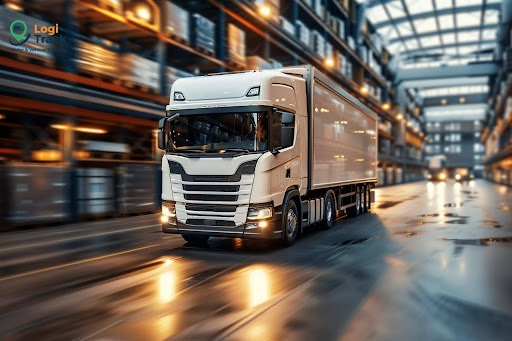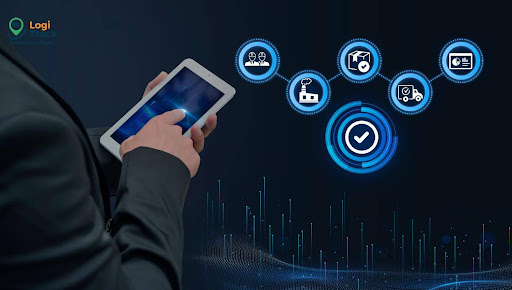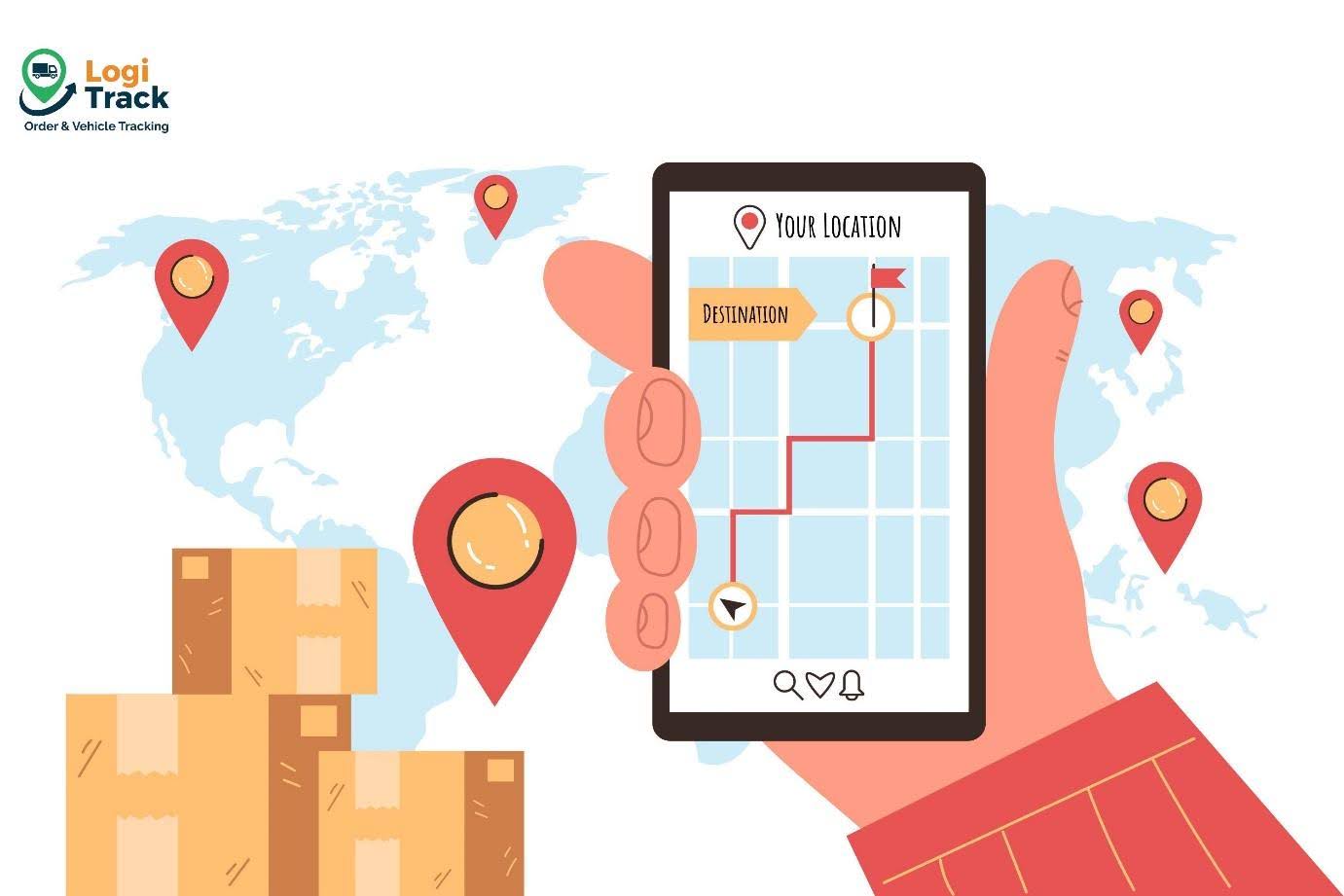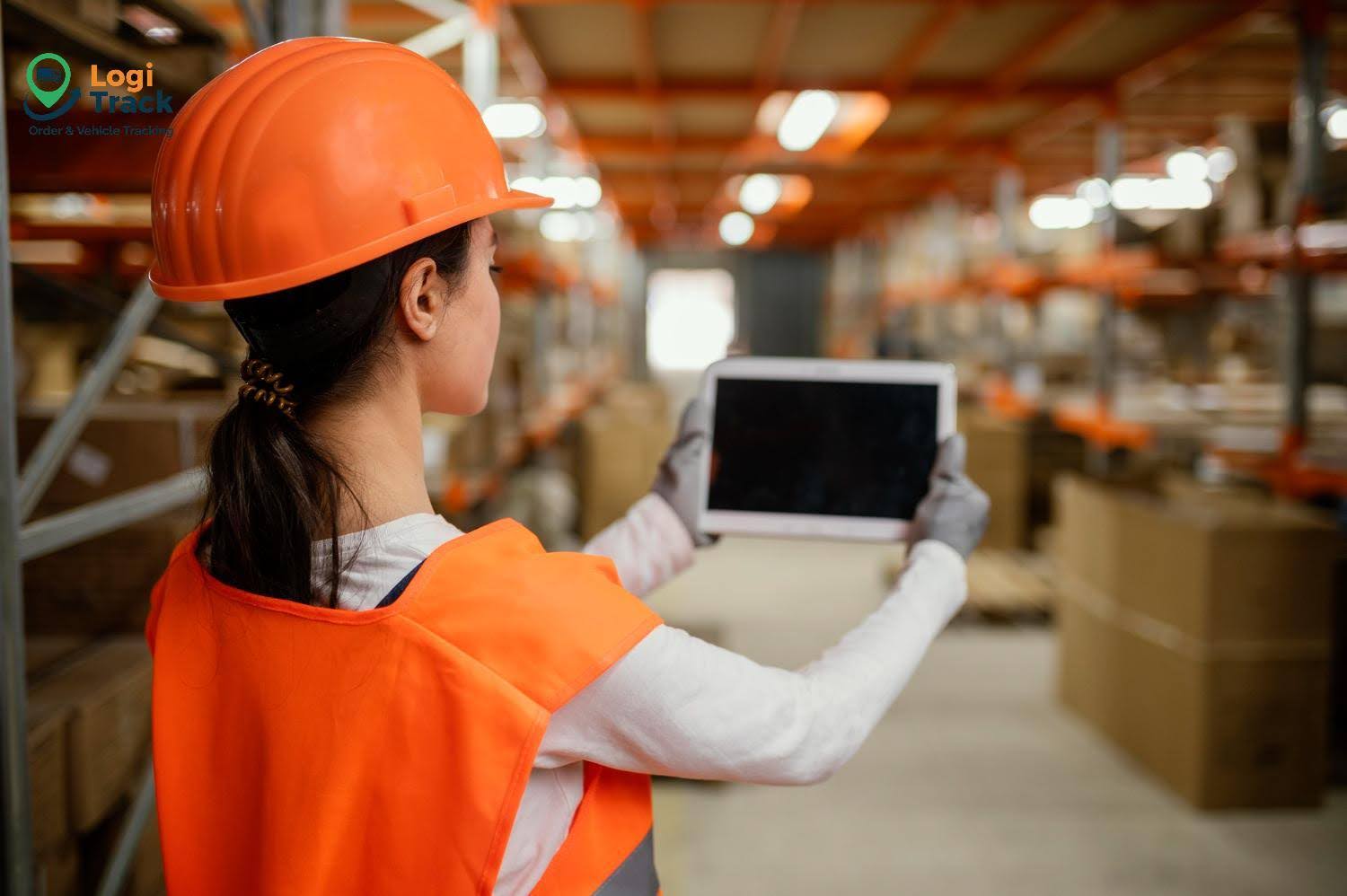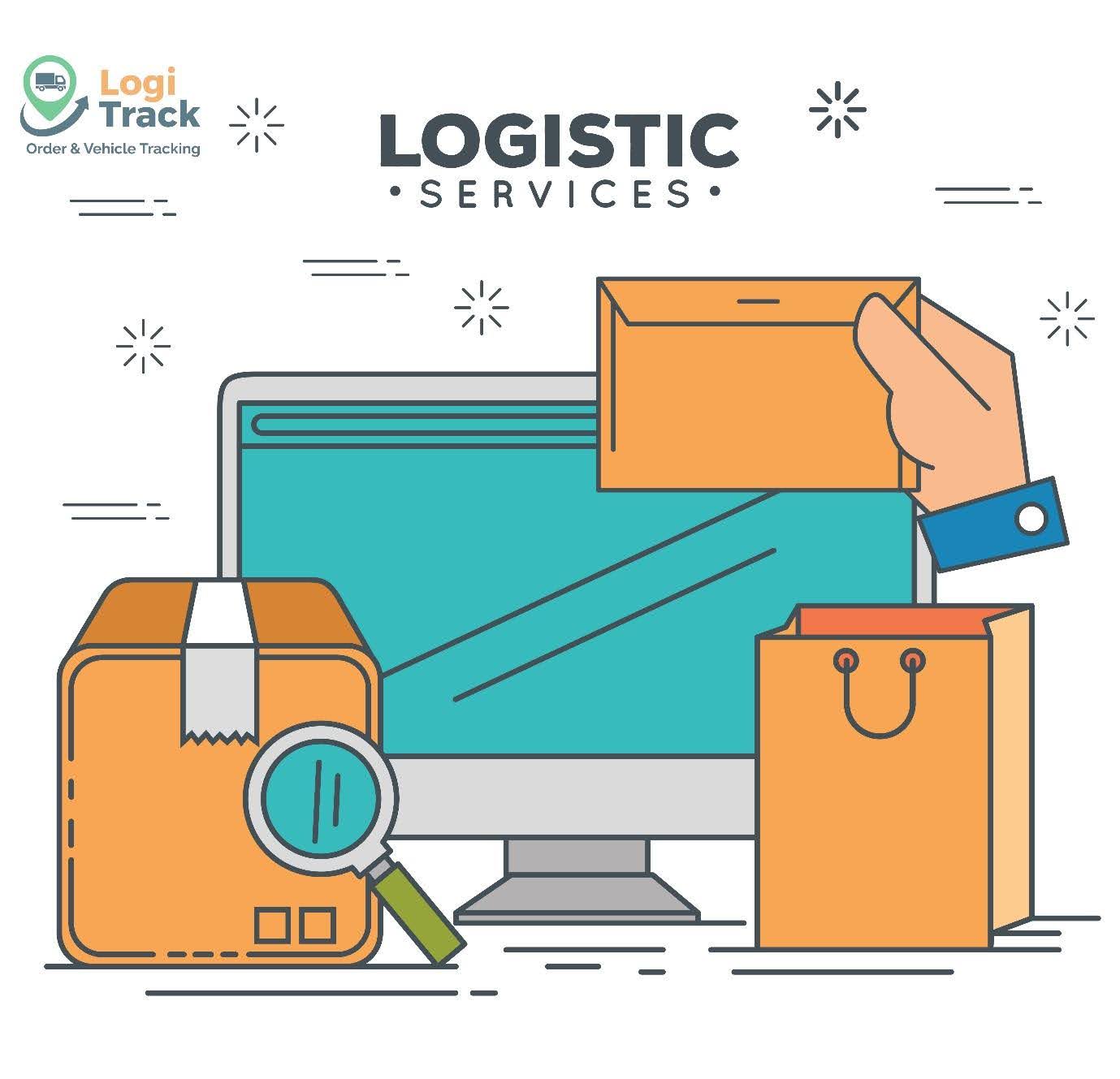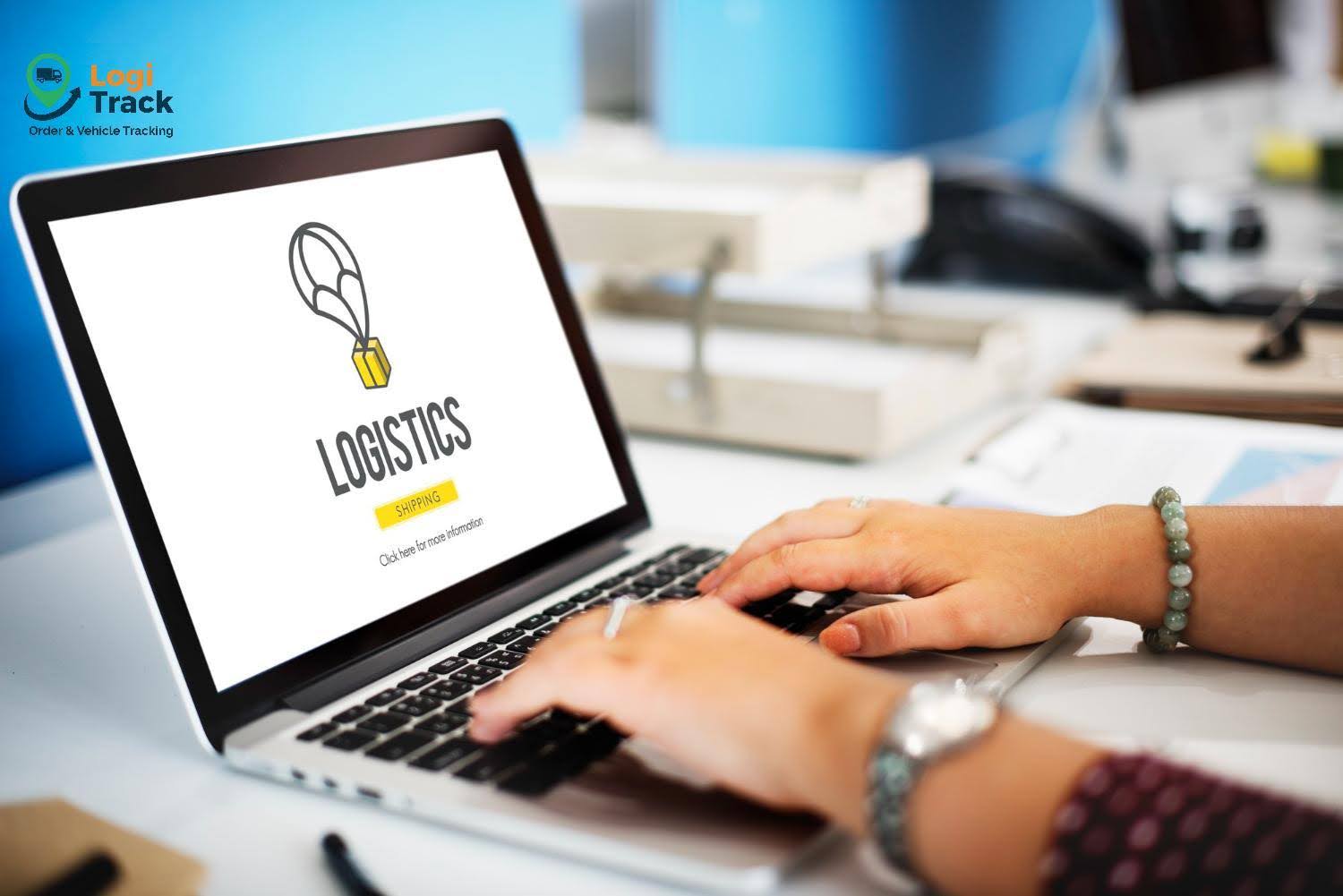In today’s digital age, any business that hesitates to adopt new technology will be left behind — especially in the logistics industry, where speed, data, and cost optimization determine success. The emergence of AI, IoT, and Big Data is creating a major revolution. These three technologies not only help businesses optimize costs and automate processes but also elevate logistics software to a new, smarter, and more proactive level. To understand how AI, IoT, and Big Data are transforming logistics software operations, let’s explore the following details. 
AI, IoT, and Big Data Are Transforming the Way Logistics Software Operates
Modern logistics software enables businesses to manage their entire supply chain — from importing goods, warehousing, and transportation to delivery — all on a single platform. Unlike the traditional manual approach, this software automates every operation, reducing errors, saving time, and cutting costs.
Today, logistics software has evolved beyond simple management tools into intelligent decision-making and analytics platforms, thanks to the integration of AI, IoT, and Big Data.
Artificial Intelligence (AI) – The Smart Brain of Modern Logistics Software
AI Provides Analysis and Forecasting in Logistics Software
AI makes logistics software smarter through its ability to learn from real-world data. Using advanced algorithms, the system can:
-
Forecast demand for goods by season, region, or consumer trends.
-
Recommend optimized delivery routes based on weather, traffic conditions, and fuel costs.
-
Reduce late deliveries, ensuring on-time performance and customer satisfaction.
AI in Warehouse Management and Automation
AI also plays a vital role in smart warehouse management. Through cameras and sensors, the system can detect product locations, monitor stock levels, and automatically suggest restocking when necessary.
AI-powered robots assist in moving goods within warehouses, optimizing pathways, and updating inventory data directly to the central logistics software.
Internet of Things (IoT) – The Real-Time Data Connection Hub in Logistics Software
IoT for Transportation Monitoring and Vehicle Tracking
IoT transforms logistics software into a connected ecosystem where every truck, container, and warehouse is linked in real time. IoT sensors attached to vehicles, pallets, or containers allow businesses to:
-
Track GPS location in real time.
-
Measure temperature and humidity, ensuring product quality during transit.
-
Send alerts in case of delays, breakdowns, or unauthorized container access.
This data is continuously transmitted to both free and premium logistics software versions, allowing enterprises to monitor their entire supply chain from one interface.
Even small businesses can begin with free logistics software integrated with basic IoT features, helping them digitize operations while saving costs.
IoT and Warehouse Automation
With IoT, logistics software can synchronize data from barcode scanners, RFID tags, and smart devices in the warehouse. When an order is packed, the system automatically updates status, generates invoices, and notifies customers.
For businesses lacking large-scale IoT infrastructure, starting with free logistics software featuring built-in sensors and GPS is a cost-effective step toward digital transformation. 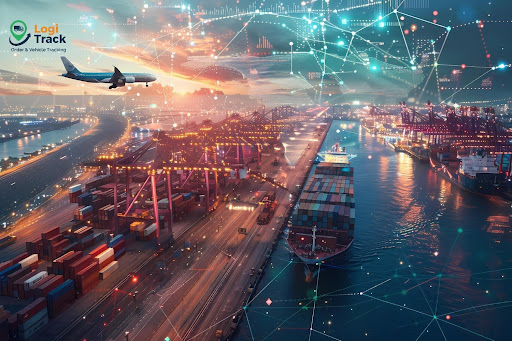
Big Data – The Strategic Decision-Making Foundation in Logistics Software
Big Data empowers logistics software to analyze massive amounts of data from millions of trips, orders, and warehouse activities. The system can:
-
Identify regional demand patterns, helping optimize inventory levels.
-
Analyze driver performance, idle time, and average travel distances.
-
Predict supply chain risks, enabling proactive contingency planning.
With Big Data, logistics software becomes more than a management tool — it becomes a data-driven decision-making system.
Personalizing Customer Experience
Big Data also allows both free and paid logistics software to better understand end-user behavior. When integrated with e-commerce platforms, it can:
-
Predict customers’ preferred delivery times.
-
Suggest optimal delivery windows.
-
Send automatic notifications for order status updates.
This not only enhances customer satisfaction but also reduces the workload for customer service teams.
The Integration of AI, IoT, and Big Data in Logistics Software
When combined, these three technologies create a comprehensive logistics ecosystem:
-
AI: Analyzes data and provides intelligent recommendations.
-
IoT: Collects real-time operational data.
-
Big Data: Aggregates, stores, and transforms data into actionable insights.
As a result, logistics companies can reduce operational costs, increase reliability, and enhance customer experience.
AI, IoT, and Big Data are redefining how logistics software operates — shifting from manual management to intelligent, automated, and predictive systems. With these technologies, businesses can optimize costs, improve efficiency, and elevate customer satisfaction.
If your business is struggling with transportation, warehouse, or order management, consider Logitrack — an advanced logistics software solution that automates entire processes.
With the power of AI, IoT, and Big Data, Logitrack helps enterprises significantly cut operational costs and boost efficiency to new heights.
